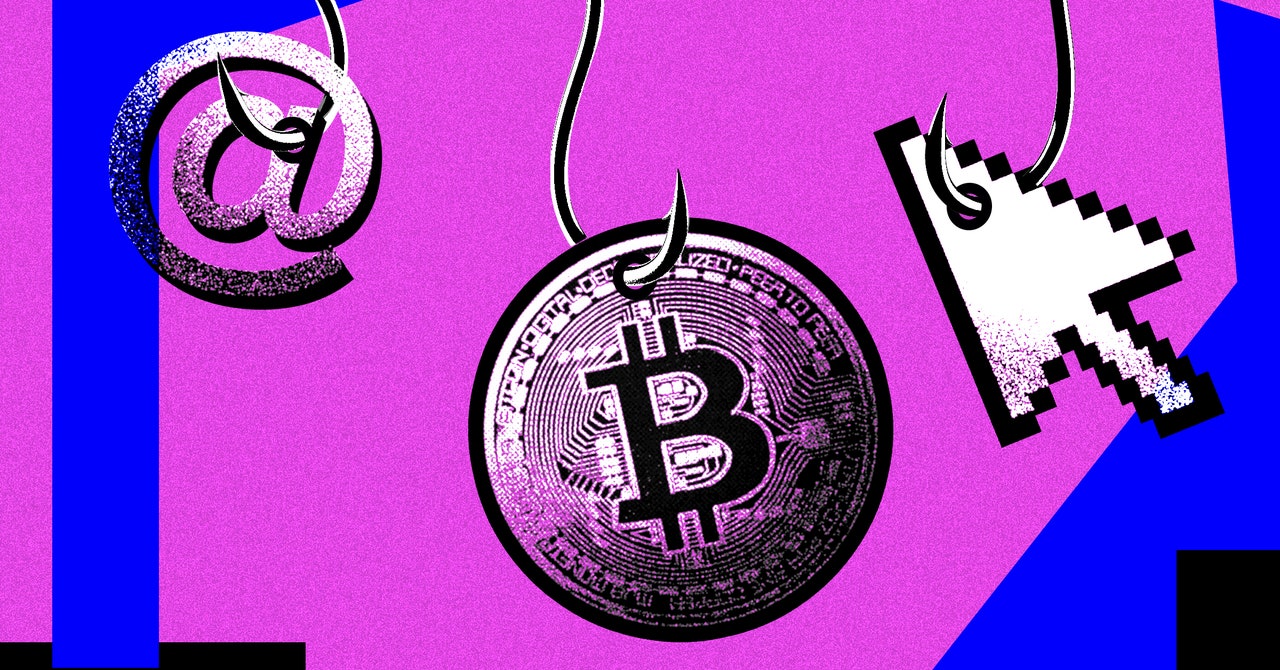An analysis commissioned by WIRED by crypto audit firm Hacken identified red flags in the token’s underlying code that could potentially indicate fraud. This included, among other things, the lack of a function that prevents the issuer from stealing the token pool intended for trading on the secondary market.
Ryan suspects he is a victim of a scam and is trying to scare others away. “Although $750 is a lot to lose, it wouldn’t be the end for me,” he says. “But I feel sorry for those who really lost.”
WIRED did not receive a response to a request for comment sent to email aliases listed on the Rebel Satoshi website.
The type of scam Ryan suspects he was caught in is called a token presale scam. The format has been around for some time, but given the FOMO that accompanies skyrocketing cryptocurrency prices, people are particularly at risk. “These scams are largely related to recent events,” says Ben-Natan. “They are not new phenomena, but they are re-emerging.”
There are variations on the theme, explains Ben-Natan, but the scams are usually based on the same scheme. Typically, the developers – who remain anonymous – invest in glossy social media marketing and paid placements in crypto media, promoting their token as the next hit memecoin and promising a discount to pre-sale investors. In some cases, the token never materializes and the scammers make off with the funds. In other cases, the scammers abandon the project after selling their own token holdings or fail to deliver on the promise of long-term support.
In the latter scenario, as with Rebel Satoshi, the line between a scam and an unsuccessful project is not always clear. And occasionally, because of the large amounts of money involved, “something that wasn’t a scam at first can later turn into a scam,” says Ben-Natan. “Over time the line can become blurred.”
According to Ben-Natan, these scams are largely carried out by sophisticated cybercriminal groups rather than individual perpetrators. A “microeconomy” has formed around them, he says, in which different parties could be responsible for managing different elements of the charade, from the marketing campaign to website design and so on. The largest of these operations can generate hundreds of millions of dollars. “The numbers are shocking,” says Ben-Natan.
There are warning signs for anyone willing to look for it, says Dyma Budorin, co-founder of Hacken. It is easy to check whether, for example, the creators have revealed their identity or whether there is a system in place that prevents them from disposing of their holdings without warning. But in their effort to get into new projects early, few investors do due diligence. “Everything comes from greed,” says Budorin.
In extreme cases, profit-hungry investors have resorted to using “sniping bots” to automatically buy tokens as soon as they start trading on the open market, Budorin says, in order to get in early. Others engage in copy trading, a process in which they blindly reproduce other people’s trades so they don’t have to do their own research. Both techniques increase the likelihood that someone will be exposed to a scam.
